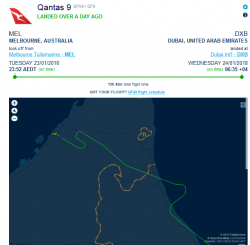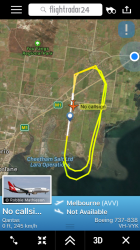Have heard that the EK207 (JFK below minimum) 3 flight crew - FO and both Augmenting crew have been reinstated with final warning letters except for the Capt. Any corroboration?
I've just been assigned a flight with a bloke who has recently returned from EK, so perhaps I'll pick up some info. TBA. At this stage, all I'd heard was via pprune, which is a mixed source at best. The story there was that the Captain and augmenting Captain had been fired, and only the FO given a reprieve.
Re Augmenting crew generally:
If Capt and FO are in left and right seats on approach into JFK, are the augmenting crew considered to be on duty - with their duty clock ticking over?.
The use of additional Captains and FOs isn't in accordance with the way we do things. I've heard various stories about the way these crews work...most of which I don't like.
Basically...we fly with one Captain. Our FOs are not junior. In most airlines they would have their own commands. They are licenced to run the aircraft 'in the cruise'. All crew are on duty for departure and arrival. A roster is built that shares the time off. We adjust that depending upon need. If someone got a particularly good sleep prior to departure they will get the first period 'on', to allow others to catch up.
Others use a system in which one crew will do the departure, and the other will do the arrival. That means that the guy who orders the minimum fuel, isn't the same one who has to deal with the repercussions. It doesn't make the most use of available time off.
Whilst I would expect all crew to be on duty, the reality is that some airlines will extend the duty time by not counting it. But, they'll then hang you in an incident.
I did hear of one airline, which was paxing a crew in to Oz, then immediately turning them around to operate out (long haul). Rested? Not a chance. It was legal under the rules they were operating under.
Look at it this way. Any time any form of airline management says 'Safety is our first priority', you know they are lying. It's only true when the flight crew say it.
With the multitude of EK A380 destinations, is it possible that the flight crew have not had much experience into JFK?.
It's certainly possible, though I'd be more suspicious of coughulative fatigue. They have an especially bad reputation. When I flew the 767, we went to lots of place, and some not all that often. It was never hard to keep on top of them.

















